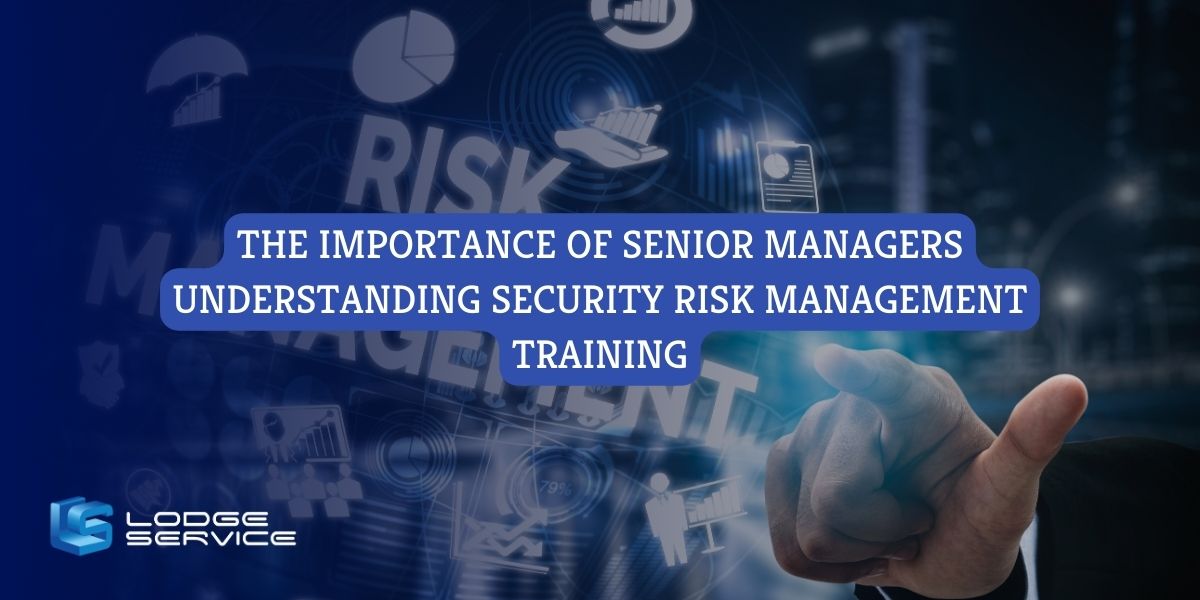Why the Significance of Risk Management Can not Be Forgotten in Today's Economic climate
In today's rapidly advancing financial landscape, the function of Risk Management has come to be crucial. This elevates a vital question: can the significance of Risk Management in making certain stability and sustainability be ignored?
Comprehending the Principle of Risk Management

The Duty of Risk Management in Today's Economic climate
Having actually comprehended the concept of Risk Management, we can now explore its duty in today's economy. Risk Management serves as an essential device for federal governments and services, enabling them to navigate functional and economic uncertainties. Effective Risk Management can help companies prepare for possible dangers, allowing them to make informed choices and act proactively instead than reactively. In addition, it assists in the allotment of sources, ensuring that prospective losses are decreased while possibilities for development are optimized. In the context of an unpredictable economic landscape noted by quick international events and technological modifications, Risk Management becomes a vital critical part, adding to the security, sustainability, and overall resilience of economies on both a macro and mini scale.
The Influence of Ignoring Risk Management
Overlooking Risk Management can lead to alarming consequences for any company or economic situation. The international financial situation of 2008 offers as a stark tip of the disastrous influence that forgeting Risk Management can have on the economy at big. Thus, disregarding Risk Management not just threatens individual businesses yet can undercut the whole economy, emphasizing the critical role played by reliable Risk Management in today's financial landscape.
Key Elements of Reliable Risk Management Methods
Effective Risk Management approaches rotate around 2 crucial elements: executing and recognizing prospective threats mitigation procedures. To make sure the stability and sustainability of an organization, these components ought to not be forgotten. In the complying with conversation, these vital elements will certainly be discovered carefully.
Determining Potential Risks
Why is recognizing prospective threats vital in any type of Risk Management technique? Identification of prospective threats is the keystone of any home efficient Risk Management method. In general, the process of identifying possible dangers is an important step in promoting service strength and advertising sustainable growth.
Executing Reduction Procedures
Navigating through the unpredictable organization waters, companies begin on the important journey of executing reduction steps as part of their Risk Management techniques. These actions, developed to reduce the effect of potential dangers, develop the foundation of a durable Risk Management strategy. They include different strategies, including moving the Risk to one more celebration, staying clear of the Risk, reducing the unfavorable impact or chance of the Risk, and even accepting some or all the repercussions of a particular Risk. The selection of strategy depends upon the organization's certain context, Risk resistance, and capability to birth losses. Effective mitigation needs cautious planning, regular alteration, and constant watchfulness. In a rough economy, these procedures raise strength, guaranteeing long-term survival and growth.

Case Studies: Successful Risk Management in Method
Despite the intricacies included, there are numerous circumstances of reliable Risk Management in method that show its vital duty in company success. Boeing, the aerospace titan, handled to reduce the Risk of fluctuating currency rates by hedging versus the dollar utilizing onward agreements. An additional example is Toyota's action to the 2011 Japan earthquake. The automaker promptly established a threat Management team that minimized manufacturing downtime by identifying alternate suppliers. In a similar way, in the economic field, Goldman Sachs weathered the 2008 financial disaster through a robust Risk Management program that anticipated the subprime mortgage crisis. These circumstances emphasize that successful Risk Management can not just protect organizations from possible threats however also enable them to take opportunities.
Future Patterns in Risk Management: Adjusting to a Dynamic Economy
Looking ahead, the landscape of Risk Management is positioned for read review substantial changes as it adapts to a vibrant economy. Technological developments are anticipated to change the field, with automation and fabricated intelligence playing a key role in Risk identification and reduction. This shift will necessitate a brand-new skill established for Risk managers, that will need to be skilled at utilizing these technologies. At the very same time, the boosting intricacy of worldwide markets and the unpredictability of geopolitical events are making Risk Management a lot more challenging. For that reason, a fad towards more incorporated, alternative approaches to taking care of risks that take into consideration a large range of scenarios is anticipated. importance of risk management. This will be vital in navigating the complexities of the future economic environment.
Verdict
In conclusion, Risk Management plays an essential duty in today's interconnected and unpredictable economic climate. As the economy continues to progress, so have to take the chance of Management approaches, emphasizing its recurring importance in an ever-changing organization anchor landscape.
A proper Risk Management approach is not regarding eliminating threats totally - an accomplishment virtually impossible in the unstable world of service. Hence, disregarding Risk Management not only threatens private companies but can destabilize the entire economy, emphasizing the essential function played by reliable Risk Management in today's economic landscape.
Reliable Risk Management methods revolve around 2 crucial parts: applying and recognizing prospective risks reduction steps.Why is determining prospective threats crucial in any kind of Risk Management approach? They incorporate various strategies, including transferring the Risk to another event, staying clear of the Risk, minimizing the negative impact or possibility of the Risk, or even accepting some or all the effects of a particular Risk.